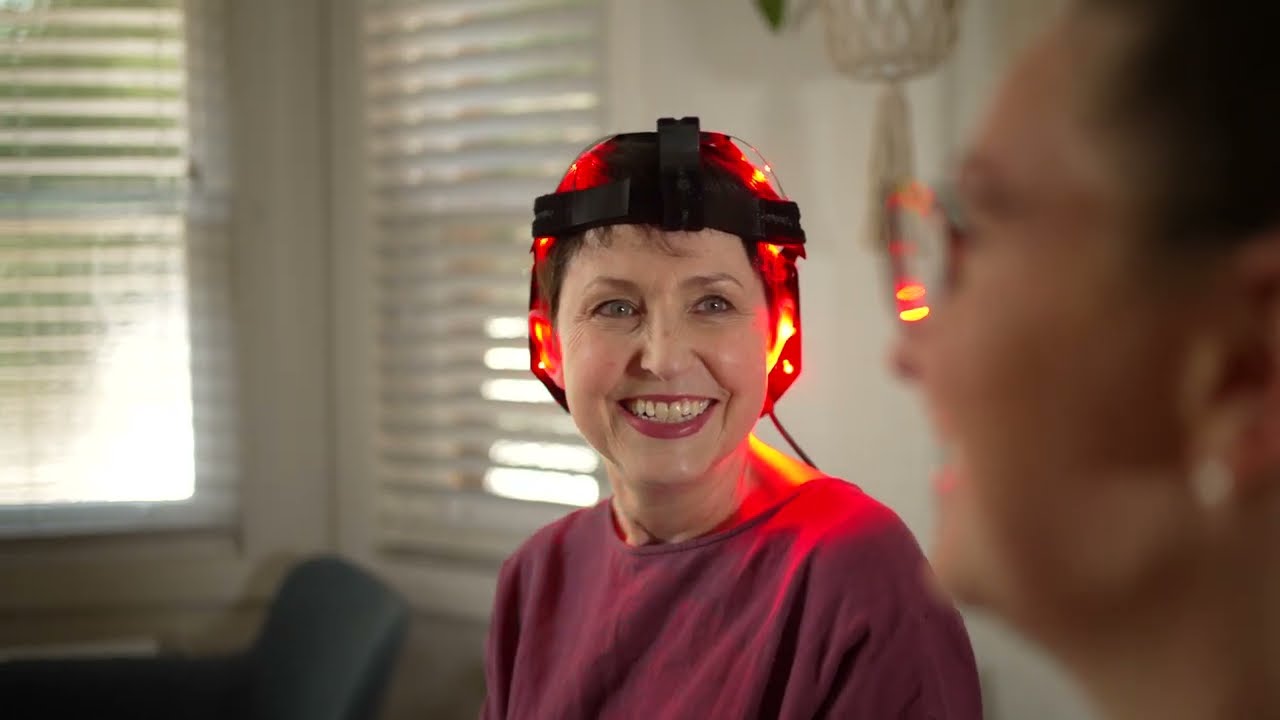The way we treat neurological disorders is being revolutionized by ongoing advances in medical technology. One of these innovations is the revolutionary Domer Laser 810nm Infrared Red Light Therapy Helmet, which shows promise for treating ailments like Parkinson's disease, Alzheimer's disease, and cerebral vascular occlusion. By harnessing the therapeutic potential of near-infrared light, the red light therapy helmet for parkinson's opens new avenues for managing these debilitating conditions and enhancing the quality of life for affected individuals.
The Science Behind Red Light Therapy
The idea of photobiomodulation (PBM) is the foundation of infrared red-light therapy. Red or near-infrared light is used in this therapeutic method to encourage tissue repair and stimulate cellular processes. Transcranial PBM (tPBM) allows deep penetration of near-infrared light into the brain tissue by placing it on the forehead in cases of neurological disorders. After being absorbed, the light sets off biochemical processes that improve neurological outcomes by promoting neuroplasticity, reducing inflammation, and improving cellular function.
Understanding the Application of Infrared Red Light Therapy
Using particular light wavelengths to increase blood circulation, encourage tissue healing, and stimulate cellular activity is known as infrared red light therapy. In order to address underlying physiological abnormalities and restore neurological function, near-infrared light is essential when treating neurological disorders such as Parkinson's disease, Alzheimer's disease, and cerebral vascular occlusion.
Alzheimer's Disease
Because of its progressive nature and crippling cognitive decline, Alzheimer's disease presents a number of significant challenges. Nonetheless, there is some hope for the management of this condition due to the therapeutic potential of near-infrared light. Near-infrared light improves blood circulation and cellular activity in the brain by focusing on cytochrome c oxidase, a crucial enzyme involved in cellular metabolism. This not only enhances brain function but may also be used to treat and stop the progression of Alzheimer's disease.
Parkinson's Disease
Patients' everyday functioning is greatly impacted by the motor symptoms of Parkinson's disease, which include tremors, stiffness, and impaired balance. The Domer Laser 810nm Infrared Red Light Therapy Helmet provides a novel approach to alleviating these symptoms, whereas current treatments concentrate on managing symptoms. The helmet effectively targets affected brain regions by utilizing near-infrared light, which can potentially delay the progression of the disease and provide relief to patients. In addition, the therapy improves the overall quality of life for Parkinson's disease patients.
Cerebral Vascular Occlusion
Brain vascular occlusion can cause severe neurological deficits like hemiplegia and hemiblindness. It typically happens after a stroke or other vascular event. The goal of conventional therapy is to get blood flowing again to the damaged brain tissue. The development of near-infrared light therapy, however, offers a possible substitute. Near-infrared light enhances blood flow, encourages tissue repair, and halts additional neurological damage by penetrating the skull and reaching the brain tissue. For the non-invasive and efficient treatment of cerebral vascular occlusion and its related complications, consider the Domer Laser 810nm Infrared Red Light Therapy Helmet.
Conclusion
A major development in neurology, the Domer Laser 810nm Infrared Red Light Therapy Helmet provides a focused and non-invasive method of treating Parkinson's disease, Alzheimer's disease, and cerebral vascular occlusion. Through the use of near-infrared light therapy, this ground-breaking gadget has the potential to revolutionize neurological care and bring hope and healing to millions of people across the globe. For those impacted by these difficult circumstances, the future appears more promising than ever as research reveals the full scope of its advantages.


